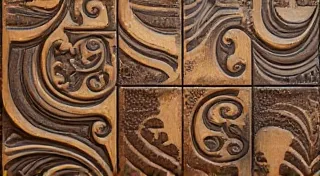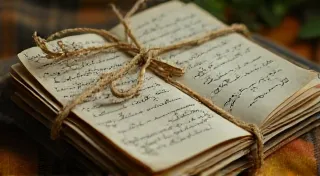Preserving Legacy: Archival Bookbinding and Long-Term Conservation
There’s a peculiar, almost visceral feeling that washes over you when you hold an antique accordion. Not the musical instrument, but the early form of bookbinding, often predating the familiar hardcover. It’s a tangible link to another era, a whisper of hands that carefully folded and stitched paper, intent on creating something enduring. These aren’t just books; they are vessels of history, whispers of lives lived, and sometimes, fragile artifacts teetering on the brink of oblivion. Archival bookbinding and long-term conservation aren't merely about repairing damaged spines or reattaching loose pages; they are about safeguarding these silent narrators for generations to come.
My own fascination began with a crumbling, leather-bound diary found tucked away in my grandmother’s attic. Its pages, brittle and yellowed, contained delicate script and pressed wildflowers. It wasn't just the personal history it held that captivated me; it was the exquisite, albeit decaying, binding. The stitching was uneven, the leather cracked, but the obvious care that had gone into its original creation was undeniable. It felt wrong, almost disrespectful, to simply admire it and let it continue its slow decline. That’s when I started researching archival techniques.
The Essence of Archival Bookbinding: Beyond Repair
Standard book repair focuses on restoring functionality. Archival bookbinding, however, prioritizes preservation. The guiding principle is minimal intervention – doing only what is absolutely necessary to stabilize the book while respecting its original materials and construction. This often means foregoing perfect aesthetics in favor of long-term viability. Replacing a deteriorated spine with a brand-new, perfectly straight one, for example, would be considered unacceptable. The focus is on supporting the existing structure, using sympathetic materials that won’t accelerate its decay.
Understanding the original materials is paramount. The type of leather, the paper’s composition, the adhesives used – all contribute to the book's fragility and its vulnerability to environmental factors like humidity and light. Parchment, for example, reacts differently than linen paper. Identifying these nuances allows the conservator to select appropriate conservation treatments. The choices made in selecting these materials, and the tools used to apply them, are a critical part of the process - the bookbinder’s toolkit is a vital resource for any conservator. You can explore the various instruments used in this craft in more detail on our related article, The Bookbinder's Toolkit: Essential Instruments of the Craft.
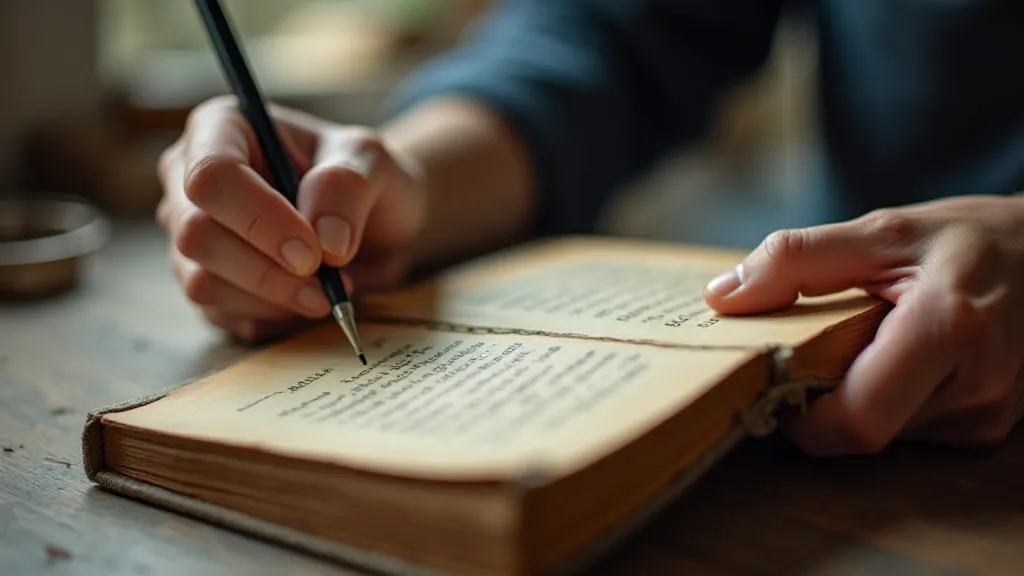
Historical Context and Binding Styles
The evolution of bookbinding is a reflection of cultural shifts and technological advancements. Early accordion bindings, dating back to the 6th century, were functional and often austere, primarily intended for religious texts. The Coptic stitch, a four-hole binding, exemplifies this period. As craftsmanship evolved, so did the binding styles. Medieval bindings often incorporated elaborate tooling on the leather, showcasing artistic skill and a growing appreciation for aesthetics. The rise of printing in the 15th century spurred innovation in both printing techniques and bookbinding methods. The use of endbands, headbands, and decorative leather covers became increasingly common.
Understanding these historical contexts isn’t just about appreciating the beauty of the bindings; it’s about informing the conservation process. A 14th-century binding will require a different approach than a 19th-century one. For instance, early leather bindings were often treated with alum, which can contribute to their brittleness over time. Recognizing this allows for targeted conservation measures. Beyond the visible signs of wear and decay, there are subtleties in the crafting process that reveal a great deal about a book’s history and require a delicate touch. For a closer look at these details and the subtle art of edge gilding, read Beyond the Visible: Unveiling the Subtle Art of Edge Gilding in Leather Bindings.
Essential Tools and Materials for Preservation
While the principles of archival binding remain constant, the toolkit has evolved with the advent of new materials and techniques. A well-equipped conservation workshop is more akin to a chemistry lab than a typical craft studio. Acid-free paper and adhesives are fundamental. Linen tape, wheat starch paste, and Japanese tissue are staples. The bookbinder’s awl, bone folder, and needles, while traditional, remain essential for precise stitching. Modern tools like pH meters and light meters help assess the condition of the book and monitor the effectiveness of conservation treatments.
The selection of thread is particularly crucial. Cotton or linen thread, matching the original material as closely as possible, is preferred over synthetic alternatives. The thickness and strength of the thread must be carefully considered to avoid stressing the fragile paper. The very materials used in a book’s creation can impact its longevity, prompting consideration of more sustainable practices today. Contemporary bookbinders are increasingly focused on responsible sourcing of materials. Learn about the ethics surrounding the modern production of leather for bookbinding on From Hide to Heritage: Ethical Sourcing in Contemporary Leather Bookbinding.
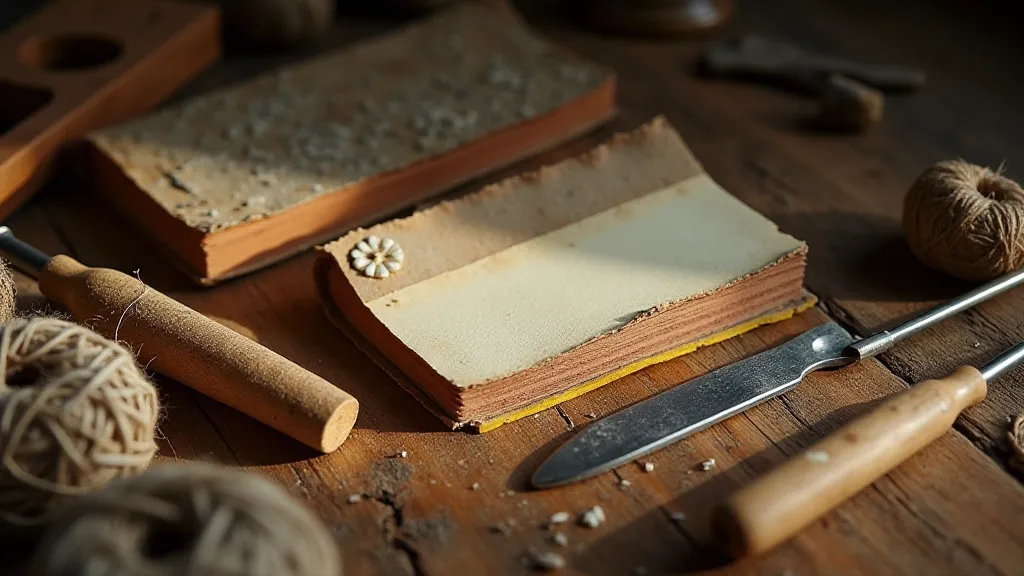
The Binding Leather Spine: A Delicate Operation
The spine is often the most vulnerable part of a book. Rebacking—replacing the spine—is a common conservation procedure, but it's one that demands extreme caution. The original spine is carefully detached, preserving as much of it as possible for documentation and future reference. A new spine, made from sympathetic leather or cloth, is then attached, ensuring that it closely follows the original contours and proportions. The stitching pattern must be replicated precisely, and any decorative tooling should be conserved or reproduced with meticulous accuracy.
Often, the original spine leather is too fragile to re-use. In these situations, a backing paper – often Japanese paper – is adhered to the existing spine, providing support and preventing further deterioration. This is a less invasive option than a full rebacking.
Collecting and the Responsible Collector
The preservation of historical books isn't solely the responsibility of professional conservators. Responsible collectors play a vital role in ensuring these artifacts survive for future generations. Proper storage is paramount. Books should be kept in a cool, dry environment, away from direct sunlight and fluctuations in temperature and humidity. Handling should be minimized, and gloves should be worn to prevent the transfer of oils and acids from the hands.
It’s also essential to avoid over-cleaning or attempting amateur repairs. These actions can often do more harm than good. If a book requires professional attention, it’s best to seek the expertise of a qualified conservator. Supporting reputable conservation studios is an investment in the preservation of our cultural heritage. The paper itself, a fundamental element of any book, can significantly affect its longevity. Examining the choice of paper, and its impact on a book’s binding durability, is a crucial part of preservation. You can find more detail on this aspect of conservation in our article, "The Weight of Paper: Considering the Impact of Paper Choice on Binding Durability".
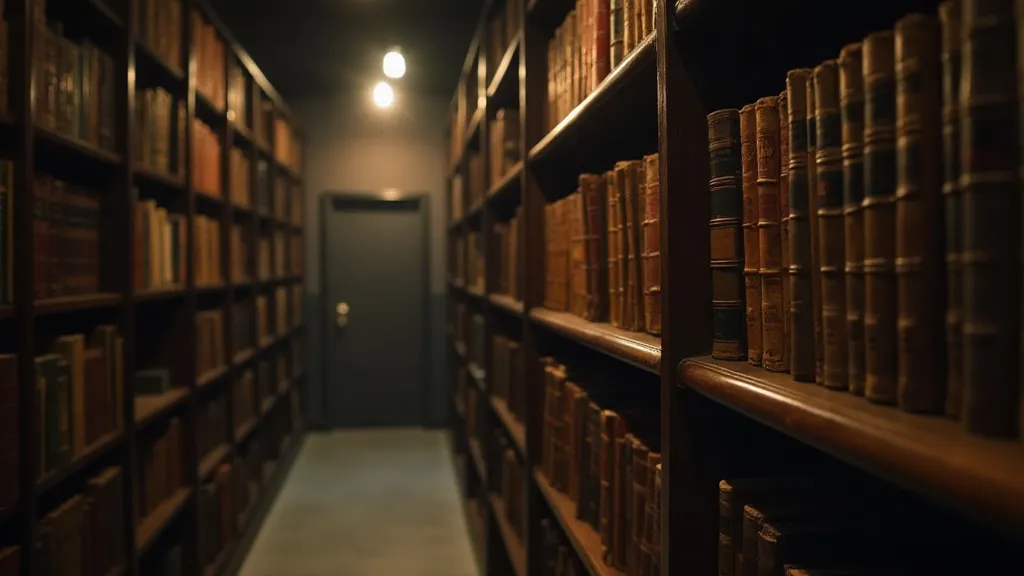
A Legacy of Care
Archival bookbinding and long-term conservation are acts of stewardship—a commitment to safeguarding our cultural legacy. It's more than a technical skill; it’s a deeply human endeavor, driven by a profound respect for the past and a desire to ensure that these silent witnesses continue to speak to future generations. The legacy of those who meticulously crafted these books lives on, not just in the objects themselves, but in the ongoing efforts to preserve them for posterity. Each stitch, each careful repair, is a testament to the enduring power of craftsmanship and the unwavering human desire to connect with the stories of those who came before us. The considerations go beyond aesthetics; they involve careful thought about the materials used and the environment in which the book is stored. The fragility of the materials employed demands a certain respect and a dedication to preserving them for future generations.
The field of archival bookbinding is constantly evolving, incorporating new techniques and materials while maintaining a deep respect for traditional methods. The commitment to minimal intervention remains the cornerstone of the practice, ensuring that the book's history and integrity are preserved for generations to come. Ultimately, the preservation of these artifacts is a shared responsibility, requiring the collaboration of conservators, collectors, and institutions alike. The enduring power of these books lies not only in the stories they hold but also in the skilled hands that have worked to protect them throughout history, and will continue to do so in the future.
